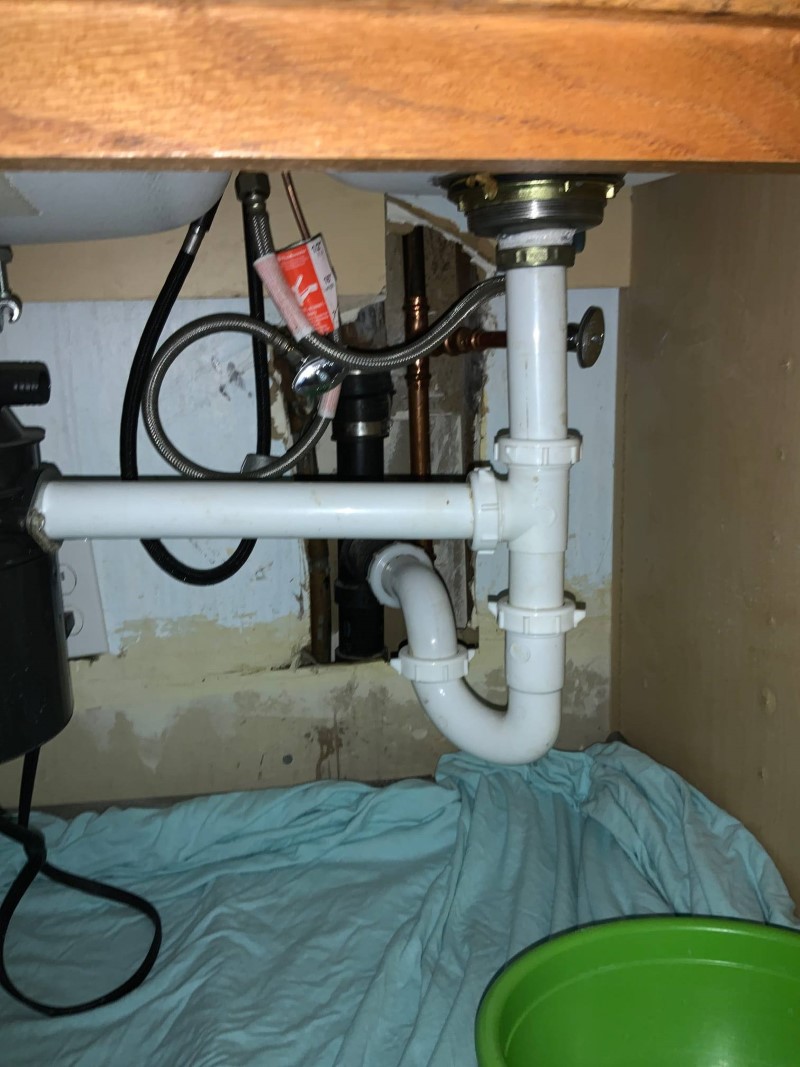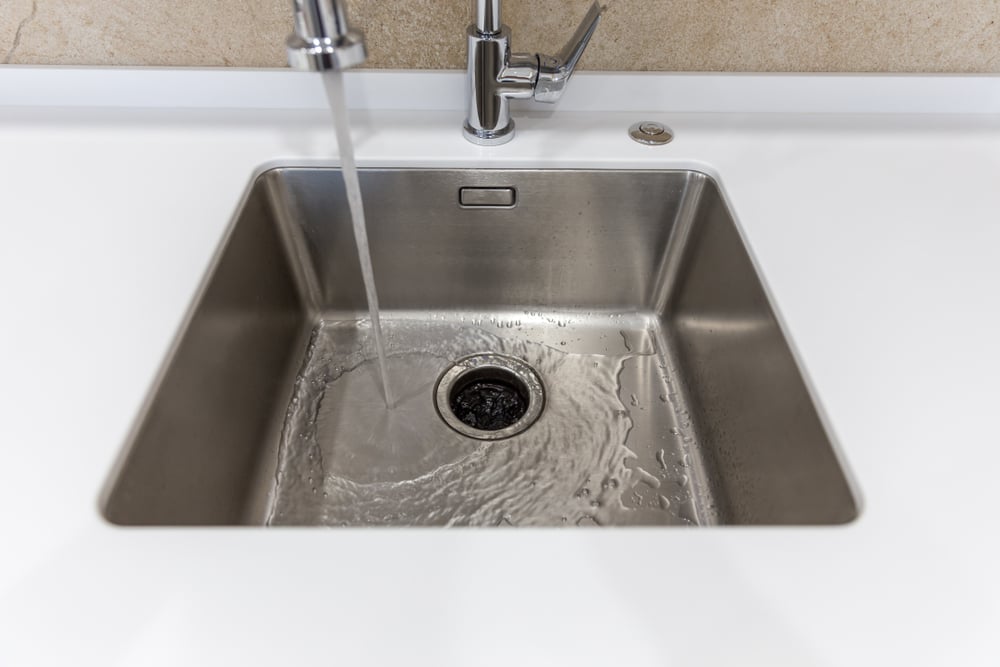Helpful Techniques for Repairing a Dripping Garbage Disposal
Helpful Techniques for Repairing a Dripping Garbage Disposal
Blog Article
They are making a few great pointers regarding How to fix a pretty consistent leak from my garbage disposal overall in the article beneath.

Waste disposal unit are vital kitchen appliances that help in disposing of food waste efficiently. Nevertheless, a leaking garbage disposal can be an aggravating and unpleasant problem to take care of. Thankfully, many leaks can be fixed easily with a couple of easy steps. In this article, we will talk about exactly how to take care of a leaking garbage disposal properly.
Introduction
Waste disposal unit are set up under kitchen sinks and are made to shred food waste right into smaller pieces, permitting it to pass through the pipes system easily. While these tools are typically dependable, leaks can occur in time as a result of deterioration, loose connections, or damages to the device.
Step-by-Step Guide to Dealing With a Leaking Waste Disposal Unit
Switch off the Power
Before trying any type of repair work, guarantee that the power to the garbage disposal system is shut off to stop the risk of electric shock.
Locate the Leakage
Identify the exact area of the leakage and establish the cause
Tighten up Links
Utilize a wrench to tighten any loosened connections in between the disposal device and the plumbing system.
Change Seals or Gaskets
If the leak is because of used seals or gaskets, eliminate the old elements and replace them with brand-new ones.
Patching Fractures or Openings
For cracks or openings in the disposal system, usage epoxy or a suitable patching product to secure the broken area.
Determining the Resource of the Leak
Prior to attempting to take care of a dripping waste disposal unit, it is important to determine the source of the leakage. This can typically be done with visual examination or by conducting easy tests.
Visual Assessment
Inspect the waste disposal unit device very carefully for any kind of indications of water leak. Pay close attention to areas around seals, gaskets, and link points.
Testing for Leaks
One method to examine for leaks is by running water through the disposal unit and checking for any type of visible indicators of leakage.
Typical Sources Of Leakages in Trash Disposals
Worn Seals and Gaskets
Seals and gaskets play an important role in avoiding water from dripping out of the waste disposal unit. Gradually, these components can weaken, leading to leaks around the disposal device.
Loose Links
The connections in between the waste disposal unit and the pipes system can come to be loose with time, causing water to leak out during procedure.
Cracks or Holes in the Disposal Device
Physical damages to the garbage disposal, such as cracks or openings in the housing, can additionally lead to leaks.
Devices and Products Needed for Repairing a Dripping Garbage Disposal
Before beginning the repair service process, gather the essential tools and products, consisting of a screwdriver, adjustable wrench, plumbing's putty, replacement seals or gaskets, and epoxy or patching product for fixing fractures or openings.
Testing the Waste Disposal Unit After Repair
As soon as the fixing is total, examine the waste disposal unit by running water through it to ensure that the leakage has been resolved.
Preventive Maintenance Tips to Stay Clear Of Future Leaks
To stop future leakages, it is necessary to carry out regular maintenance on your waste disposal unit. This includes keeping it clean, avoiding placing non-food products or hard things down the disposal, and regularly looking for leaks or other issues.
Final thought
To conclude, taking care of a dripping waste disposal unit is a reasonably simple process that can be finished with fundamental devices and materials. By complying with the actions detailed in this article and exercising preventative upkeep, you can keep your garbage disposal in good working problem and avoid costly repair work in the future.
HERE’S HOW TO FIX YOUR GARBAGE DISPOSAL
WHAT TO DO IF SOMETHING IS STUCK IN YOUR GARBAGE DISPOSAL
If the impeller won’t turn, there’s probably something stuck in the disposal. It could be a steak bone or peach pit, although plumbers report pulling all sorts of inappropriate objects out of disposals, such as bottle caps or aluminum foil. Make sure power to the disposal is off, and look inside to see if you can see the source of the jam.
Never stick your fingers in a disposal. Pull out anything you see with tongs or pliers.
If the disposal still won’t work, it may be time to call a plumber or consider buying a new disposal. GEM Plumbing & Heating is here for all of your garbage disposal needs.
WHAT TO DO IF YOUR GARBAGE DISPOSAL DRAIN IS CLOGGED
Take everything out from underneath your sink and put a bucket or other container under your disposal to catch any water that drains out. Disconnect your disposal from the power supply. If it’s plugged into a wall outlet, unplug it. If it’s hardwired into an electrical box, go to the electrical panel and turn off the breaker for the disposal. Pour ¼ cup of baking soda into the drain, followed by ½ cup of white vinegar. Give the solution a few minutes to fizz and do its work. Look into the disposal with a flashlight to see if you can see an object that might be causing the clog. If you see it, remove it using tongs or pliers. MORE TIPS ON DEALING WITH A CLOGGED GARBAGE DISPOSAL
Never use drain cleaner in a garbage disposal. It can damage the plastic parts inside the disposal. You can also be splashed with the caustic liquid while working to clear the clog. Beware! Never stick your fingers into a garbage disposal. Trust us — not a good idea. In many instances, your dishwasher drains through your garbage disposal. This allows the disposal to grind any large food particles that may be drained out of your dishwasher. There are some jurisdictions, however, where the plumbing code prohibits such a connection. WHAT TO DO WHEN YOUR DISHWASHER DRAINS THROUGH THE DISPOSAL
Run some water in the sink so your plunger has at least a ½-inch of water to create a seal and plunge vigorously up and down several times. You may need to repeat this several times. Run hot water down the drain to clear any residue that remains.

Hopefully you liked our part on Why Is . Thanks so much for finding the time to read our piece of content. Do you know about another individual who is sincerely interested in the niche? Take a moment to share it. I treasure reading our article about How to fix a pretty consistent leak from my garbage disposal.
Call Today Report this page